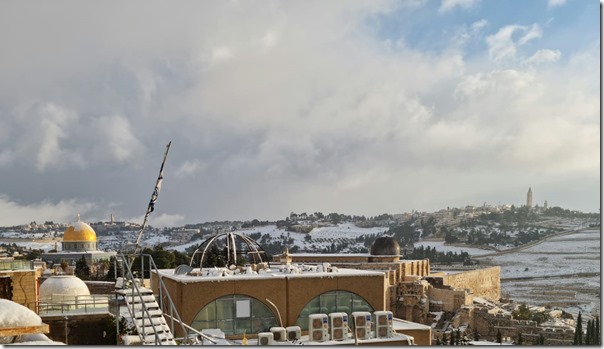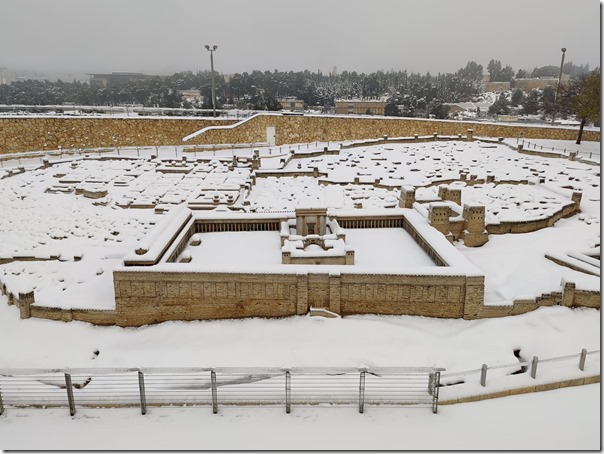Haaretz has an extended summary of an article by Shimon Gibson about the attraction of stone vessels to Jerusalemites in the Second Temple period.
Archaeologists found a rare bronze fork at Chorazin (Korazim).
“An expedition of scientists and artists, adventurers all, embarked on a four-day desert journey. Their goal: to retrace an ancient trade route that connected the Kingdom of Judah to the Kingdom of Edom” (Haaretz premium).
Joel Kramer is interviewed on Digging for Truth about his book, Where God Came Down: The Archaeological Evidence.
The Biblical Language Center, founded by Randall Buth, is offering live video classes this summer in biblical Hebrew and Koiné Greek.
Zoom lecture on April 27: “Tell es-Sultan, Ancient Jericho: Urban Diversity in Palestine,” by Prof. Lorenzo Nigro. Advance registration required.
Hybrid lecture at the Museum of the Bible on May 26: “Tel Shimron: New Research into a Biblical City,” by Daniel Master.
Now online: “Iconography on Hebrew Seals and Bullae Identifying Biblical Persons and the Apparent Paradox of Egyptian Solar Symbols,” by Benjamin Stanhope.
The Volunteer Guide for the Tel Burna Archaeological Project is now online, and they are still accepting applications.
Morris Proctor explains how to find all the relevant maps for a site using the Atlas feature in Logos Bible Software.
Bryan Windle gives a good survey of the possible locations of where Pilate sentenced Jesus to death and concludes with a very reasonable suggestion.
HT: Agade, Joseph Lauer, Charles Savelle, Arne Halbakken, Paleojudaica

